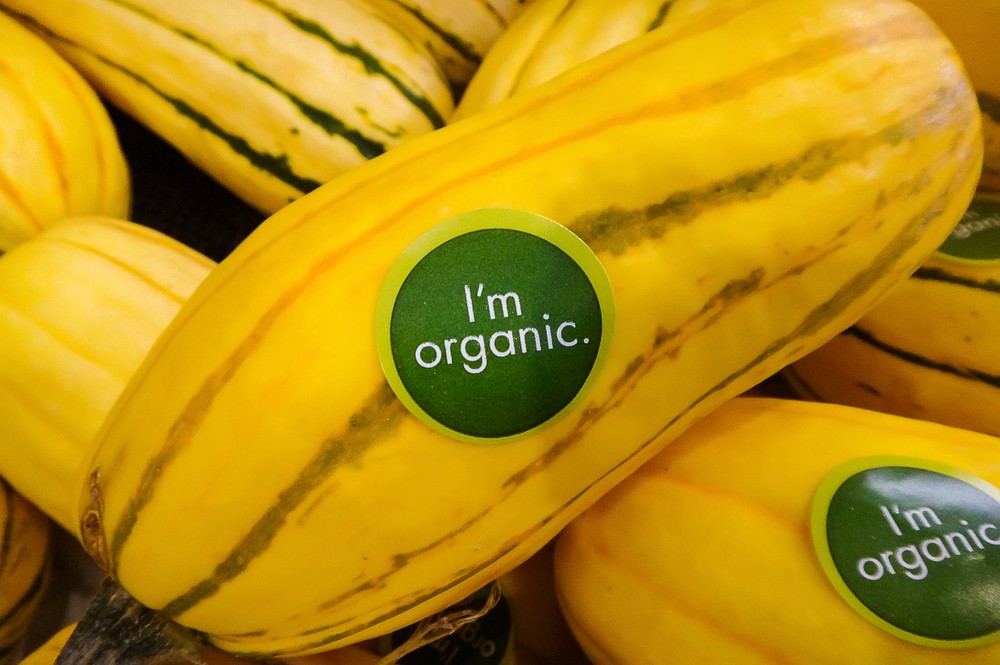Know What’s GMO: Why Blockchain Will Build Faith In Food Labels
The labeling of our food is a notoriously murky business.
A healthy 82% of Americans say they’ve felt tricked by nutrition labels at some point, and over half think those labels can be misleading.
There’s a very simple reason for all that confusion — brands are trying to sell food products. And sometimes, an accurate label may be off-putting to those who are paying attention. Everything from serving sizes to claims about the “free range” lifestyles of chickens is used to obscure important facts in the pursuit of getting products into consumers’ hands.
Luckily, there’s a way to build faith in food.
Blockchain is the perfect technology for creating trust in industries where it’s currently in short supply.
By increasing transparency and accountability in supply chains and setting industry-wide standards, it’s possible for a blockchain-based system to provide a more accurate and trustworthy version of product labels — especially when it comes to claims about food being organic or non-GMO.
Here’s why we need it:
Current labeling practices are often confusing and chaotic.
Most people really are trying to understand everything that’s on the front and back of a food’s packaging. Nearly 80% of Americans report actually reading food labels, but many need to feel more confident in the accuracy of the claims on said labels.
It’s not as though those claims are false. Most food labels have to meet certain guidelines, for example, the new rule proposed by the USDA that requires all food containing GMOs to be labeled by 2020. But what’s used on packaging won’t be the common term “genetically modified organism.”
The labels will instead use the word “bioengineered,” with three different options for food to be labeled as such:
The term can be spelled out completely on the packaging.
It can be represented by a standard icon.
Bioengineered can be explained by placing a QR code on the package that directs consumers to a website for more information.
That’s just one instance of the often confusing labeling guidelines — filled with vague terms and definitions that make it difficult for consumers to choose correctly.
Do you know the difference between food that’s “organic” and food that’s “made with organic” off the top of your head? Not many do.
In fact, it can require a good bit of research to figure out what these labels actually mean. What we need instead is a clearer, more intuitive labeling system that lets consumers know exactly what they’re getting as soon as they pick up a can of beans or a package of chicken thighs.
Imagine a system that works as clearly as the “explicit” label next to a song on Spotify. You don’t have to guess what it means or check to see which entity is rating it explicitly. You have everything you need to know that if certain people are in the room, you may have to second-guess before playing that song.
It’s quick, easy, and effective. That’s the type of system needed in food labeling, and it happens that blockchain can provide just such a solution.
Food brands can create a recognizable blockchain-certified label that builds trust with consumers.
Trust is built through transparency and consistency, which is exactly what blockchain offers both businesses and consumers. And companies are taking note.
Manufacturers and wholesalers are already investing in blockchain technology for tracking food.
Walmart has begun a highly-publicized venture with IBM to streamline and improve its food safety system. In Europe, retail giant Carrefour has begun tracking chicken, eggs, and tomatoes on their journey from farms to grocery store shelves — with a plan to expand that system to all their fresh products.
With several major players investing in the technology, and consumers closely checking food packaging, creating a blockchain-verified label is a relatively easy next step that could help quell much of the confusion among consumers. Instead of using a system similar to the multiple GMO labeling options, for instance, blockchain offers the potential for a single label — creating a standard for what’s blockchain-certified.
There would be fewer instances of misleading labels or claims, and a better way to know if the conditions your food was produced in meets the claims made on the packaging. And this isn’t an idea without precedent. Companies like Where Food Comes From are already creating standards. Blockchain technology is simply an addition that creates a way to track, verify and trust without room for error.
When every step in the food’s journey from farm to shelf has been permanently logged on a blockchain, consumers can quickly get the information they need to make a smart decision about what they put in their bodies.
Ultimately, it creates a better packaging process for food manufacturers and an easier purchasing decision for consumers.
Thanks for reading!
Follow me on Twitter and Quora for more insights into blockchain technology.

